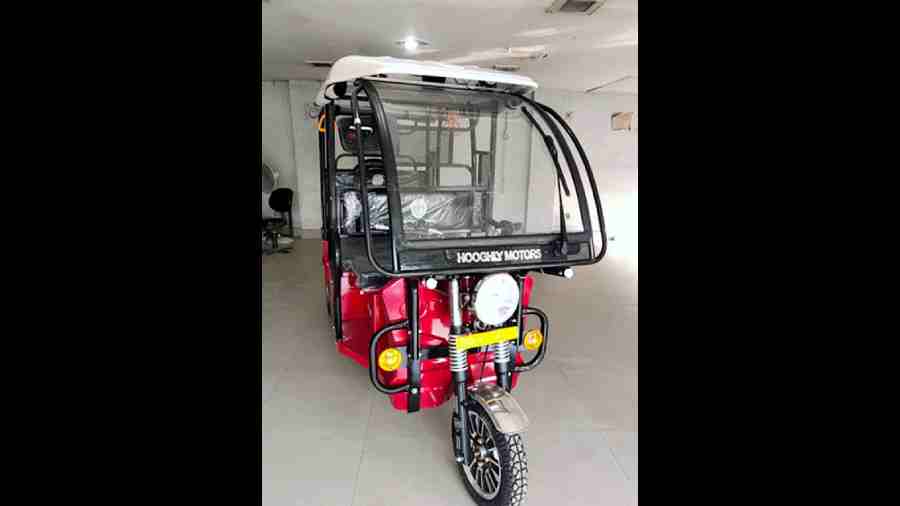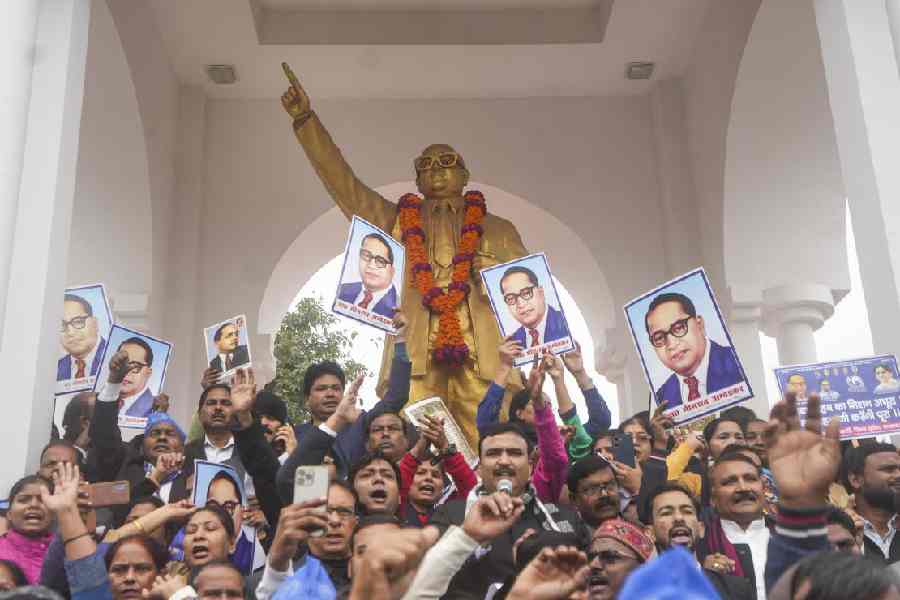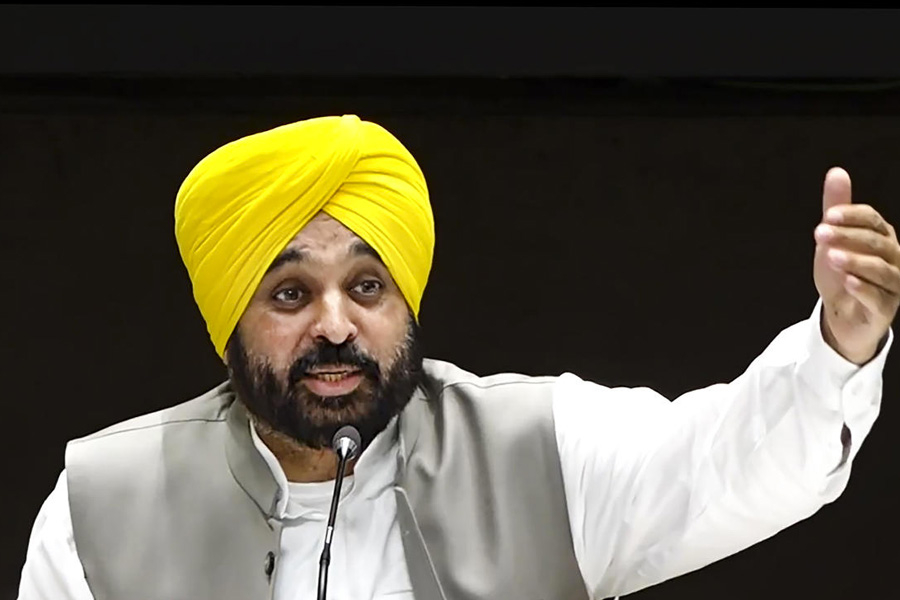Since 2021, India’s electric vehicle industry, largely led by e-2 wheelers and e-3 wheelers, has registered a triple-digit growth. Increasing access to subsidies, improving charging infrastructure, favourable policies, affordable and reliable vehicles, and greater confidence in EVs have contributed to this growth. While demand for EVs has largely been led by commercial electric vehicles, personal electric vehicles, predominantly e-2 wheelers, have also seen an exponential growth since 2020.
Ten of the 36 states and Union territories drive 80% of the demand in e-3 wheeler adoption, with Bengal contributing over 4.5% to the demand. This is quite low compared to its neighbours, Bihar and Assam. In overall EV adoption, Bengal accounts for 3%, while Bihar and Assam account for 6% and 4.5%, respectively. At first glance, it may seem that Bengal’s contribution towards India’s EV ambitions is bleak. But a closer look at the data would reveal a burgeoning EV manufacturing ecosystem in Bengal, largely in the e-3 wheeler category. Across India, there are over 650 manufacturers engaged in manufacturing e-3 wheelers. They include legacy automakers. However, only 96 manufacturers supply over 80% of the market. Two hubs for this industry have emerged: DelhiNCR, Haryana and the northern Uttar Pradesh region with over 60% of these manufacturers, followed by West Bengal with its share at 15%. Despite being in the lower rungs among the top ten states in e-3 wheeler adoption, West Bengal accounts for over 12% of all such EVs produced in India. These EV manufacturers have set up shop primarily in and around Howrah, Hooghly and Calcutta. Such a growth in local EV manufacturing allows the state to cater to close to 70% of Bengal’s demand. Despite having over 10% share in the EV market, Bihar has less than 5% of its demand fulfilled by local manufacturers. Similarly, Assam, with close to 10% share in EV adoption, sees less than 2% demand fulfilled from the state.
Manufacturers in West Bengal seem to be actively catering to these markets. For instance, Bengal-based manufacturers supply over 16%, 35%, and 27% of the e-3 wheeler markets of Bihar, Assam and Jharkhand, respectively. Such opportunities have led West Bengal to emerge as a major hub for e-3 wheeler manufacturing, thereby catering to the demand in eastern India.
Bengal’s success can be attributed to the state’s EV policy, which was quick in prioritising manufacturing and research and development as opposed to focusing solely on driving adoption through subsidies and incentives. This helped West Bengal emerge as a major producer and supplier of e-3 wheelers in the country. Bengal caters to its own demand while also serving as an exporter. As the market for e-3 wheelers grows and evolves, from relatively low-powered e-rickshaws in the L-3 category to high-powered electric auto-rickshaws in the L-5 category, the Bengal government’s policies must also be ready to push these manufacturers to transition to such vehicles. While the government’s policies seem intended towards positioning Bengal as an EV manufacturer, they must also focus on the means to accelerate EV adoption in the state.
But for now, it appears that Bengal’s EV policies are bearing fruit.











